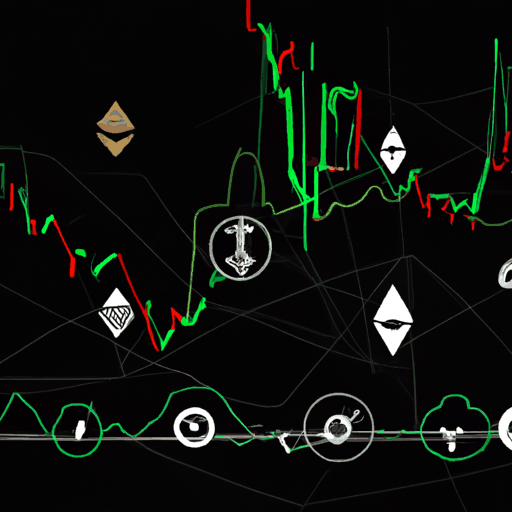
Solana Faces Bullish Momentum Amid Bearish Concerns
By: Eva Baxter
The recent activity surrounding Solana (SOL) has created a whirlwind of interest and speculation in the crypto market. Over the past few weeks, Solana's price exhibited a remarkable surge, rising from a low of $127 in June to trading above $200 by late July. This upward momentum has been fueled largely by the addition of new projects and increased blockchain utilization, signaling a growing interest in Solana as a robust alternative within the crypto ecosystem.
Despite this positive trajectory, a crypto analyst warns of looming bearish pressure, characterizing the recent rally as potentially a "false breakout." This analysis suggests that while Solana briefly surpassed the $190 mark, deeming it a textbook fakeout, it remains susceptible to volatility. The significant price increase beyond the $170 resistance level opened the path to $200 but also attracted a high liquidity sweep. The analyst predicts two bearish scenarios that could see the price retreat to $162.30, the maximum pain level, or continue to retest previous highs before a potential drop.
The anticipation of an elevation to $240 is not far-fetched given the ongoing Solana treasury building efforts. Recently, the DeFi Development Corp announced acquiring over 141,000 SOL tokens, escalating their holdings to nearly one million SOL. This and a significant stake from Solana staking ETFs suggest a robust demand driving the asset upward. However, with notable profit-booking observed near the $209 price point, market stability hinges on staying above the $185 mark—a crucial support level that tilts the trend in favor of the bulls.
The open interest metrics add another layer of complexity, reaching an unprecedented $10.96 billion, surpassing previous records. This explosion in open interest—marked by both long and short market positions—indicates heightened market activity and serves as a potential indicator of remaining bullish momentum. Despite such signs of vigor, prudent market participants may remain cautious, balancing optimism with strategic risk management in the face of possible downturns.



